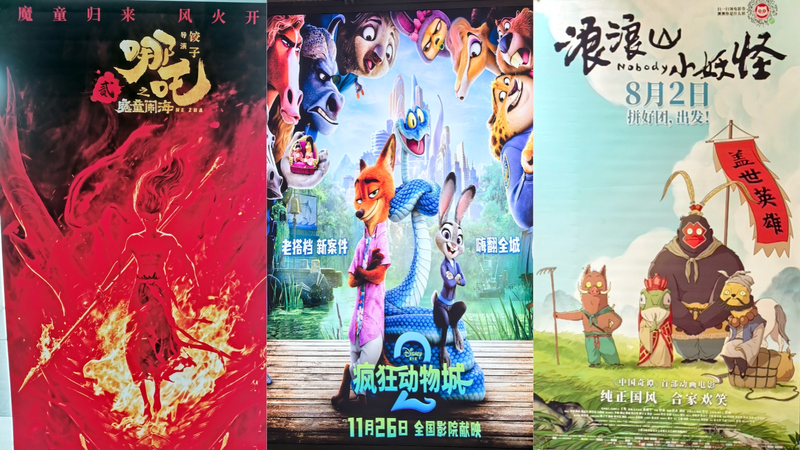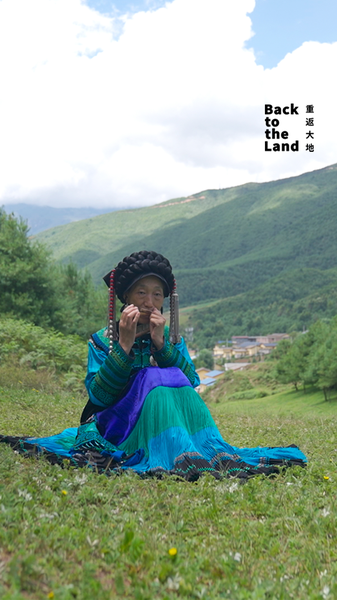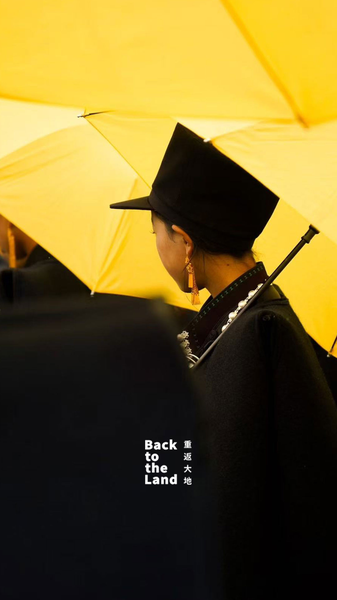For decades, the story of bamboo and wooden slips—ancient records once buried beneath the earth— lay hidden in Yunmeng County in Xiaogan, central Chinese mainland’s Hubei Province. Since the 1970s, archaeologists have uncovered treasures from the Warring States, Qin, and Han dynasties, from personal letters in the Shuihudi tomb to a massive inscribed tablet in the Zhengjiahu tomb.
Today, the Yunmeng County Museum houses over 5,000 artifacts across 25 categories, including more than 350 cultural relics and 49 national first-class treasures. The Han Dynasty Slips Gallery shines brightest, showcasing over 2,000 slips from the Shuihudi No. 77 tomb alongside detailed excavation maps and site photographs to recreate the thrill of the original dig.
By weaving cutting-edge tech into its galleries—think hands-on bamboo slip crafting, immersive explanations of Qin law, and animated displays tracing the evolution of ancient Chinese characters—the museum turns history into an interactive adventure.
It’s working. In the first half of 2025 alone, more than 550,000 visitors made the trip to Yunmeng. What began as silent bamboo fragments has grown into a dynamic symbol of cultural heritage and a fresh driver of tourism, proving that even the oldest stories can spark new journeys.
For travelers, history buffs, and curious minds alike, Yunmeng’s bamboo slips offer a unique window into the past—and a vibrant reason to plan your next adventure.
Reference(s):
Heritage of bamboo slips drives new cultural tourism in Yunmeng
cgtn.com




